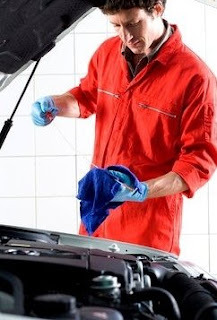 Credit: Free images from acobox.com
In these trying times, the motoring trend has shifted significantly that most households the world over is going practical with their motor vehicle needs to save more on their budget. In the brand new car market front line, compact, electric and hybrid cars are the current trend favorites but considering the fact that you’re going to have to sacrifice either comfort for the compact line or affordability for the other two.
Credit: Free images from acobox.com
In these trying times, the motoring trend has shifted significantly that most households the world over is going practical with their motor vehicle needs to save more on their budget. In the brand new car market front line, compact, electric and hybrid cars are the current trend favorites but considering the fact that you’re going to have to sacrifice either comfort for the compact line or affordability for the other two.
If you’re in lined with the budget conscious but don’t want to compromise style and comfort, then buying a used car instead of a brand new one will certainly be the smart choice for you. Contrary to most beliefs, a used car can bring you loads of benefits and acquiring one nowadays is quite fast and easy! Here are 5 good reasons why you should go for a used car.
1. One year old cars cost 20 to 30 percent cheaper. Car values depreciate from the moment they’ve been taken out of the dealership.
2. Grab the best bargains. Browse classifieds or do a search online to be in the know of promos, inventory sales and special offerings from popular and reliable dealers in your area.
3. Ease and convenience to search and buy used cars online. If you don’t have much time, you can simply seek via search engines or browse through hundreds of dealer websites and select the vehicle that you want. You can talk or chat with sales personnel who will assist you with your choices and guide you through the whole process of shipment and delivery.
4. Save up on Insurance costs. When you buy a used car, you will have lower premiums to pay and you will have less value to protect something used in the event that it should be stolen or damaged. A used car will also equate lower comprehensive and collision rates from your insurer.
5. Used cars today are more dependable. Reputable and trusted used car dealers like IBC Japan offer value added services like inspection, cleaning and supply OEM parts and accessories should you require fixing and add-ons for your vehicle. For your protection against lemons, hot or stolen vehicles, they have a comprehensive vehicle ownership history of all their vehicles in stock. Options such as these, will certainly give you the savings and assurance on the road worthiness and performance of your used car.
.jpg)















